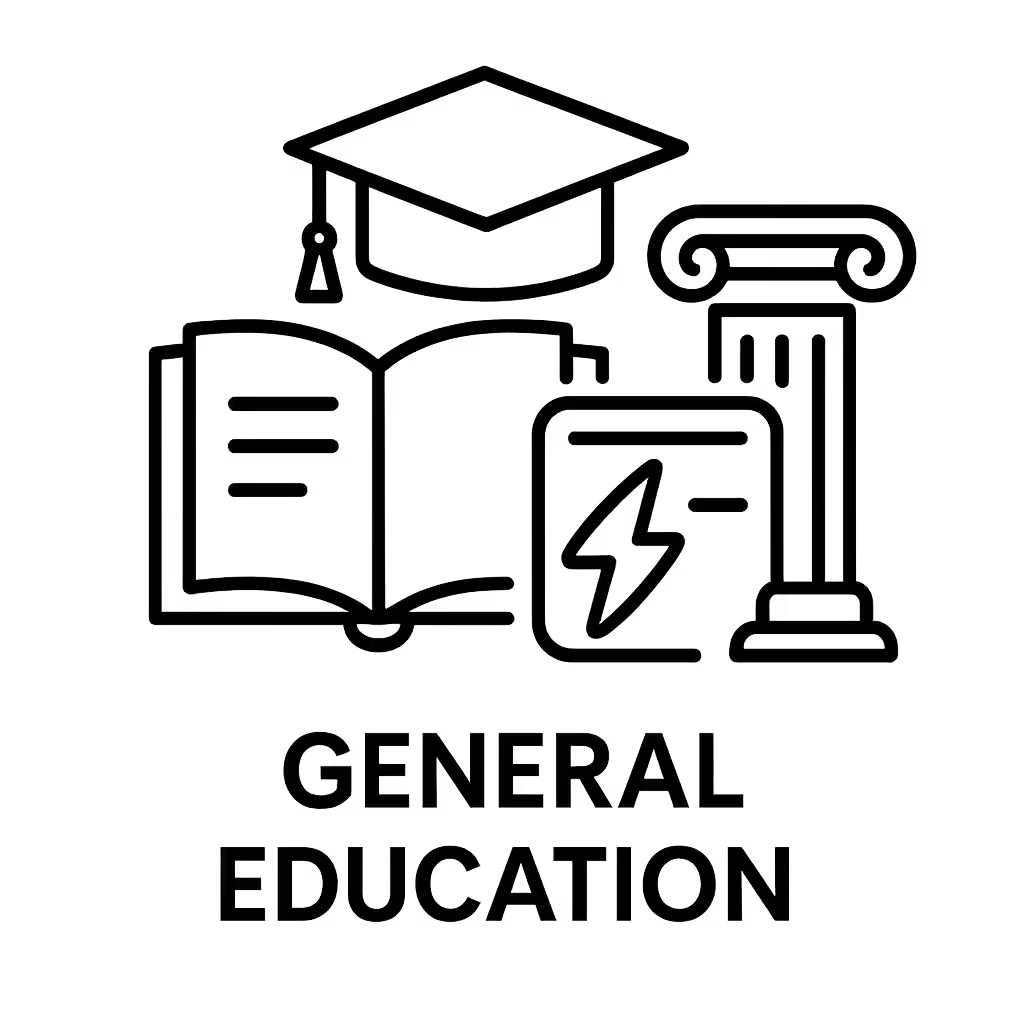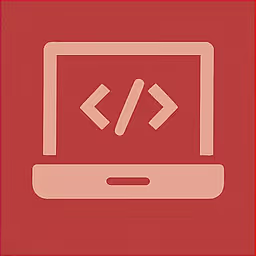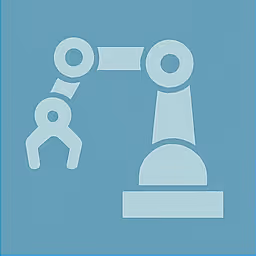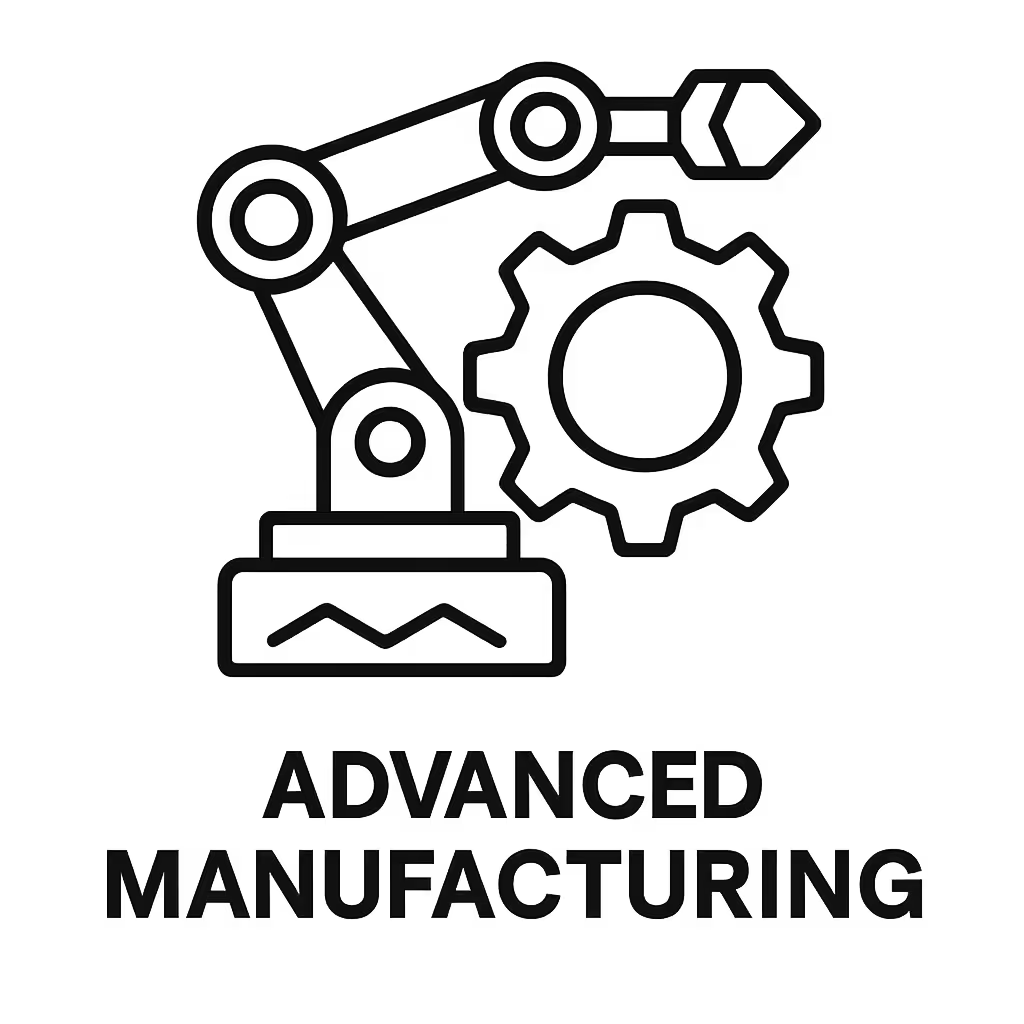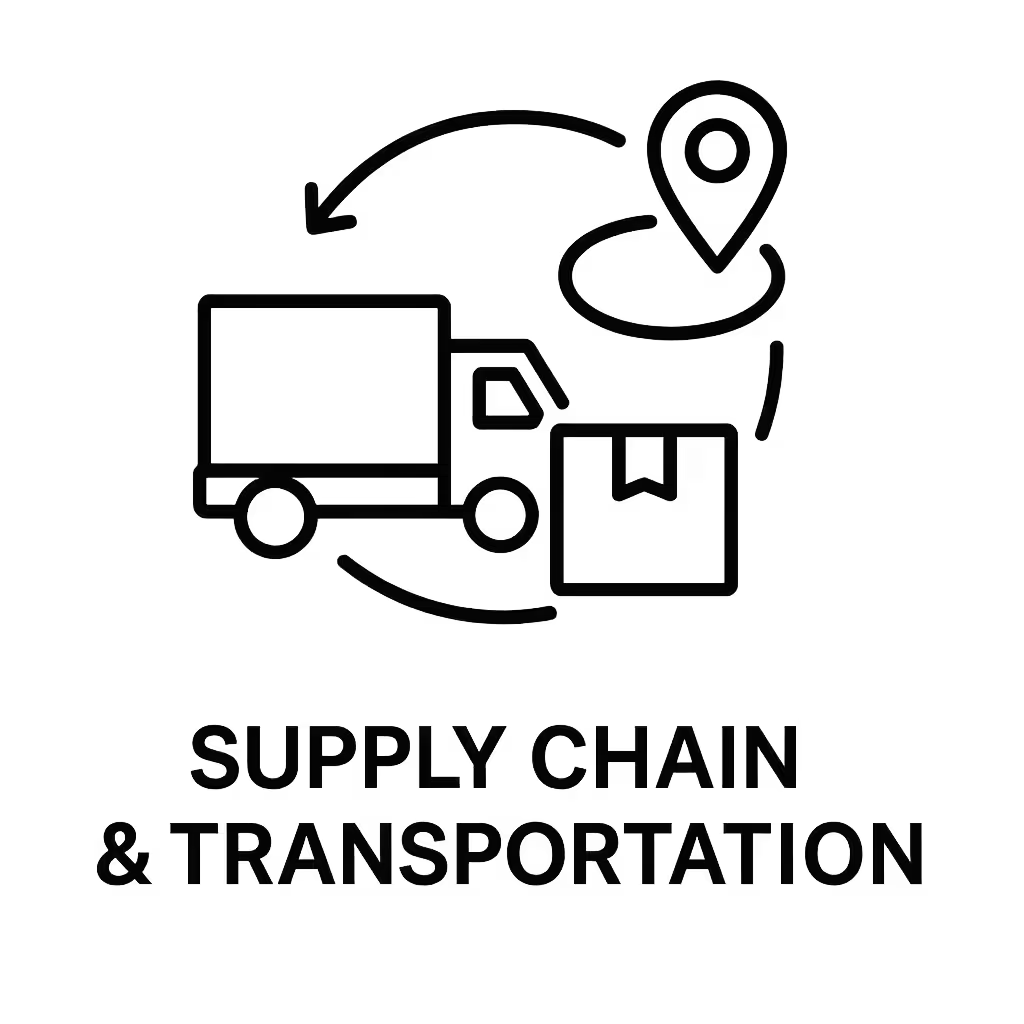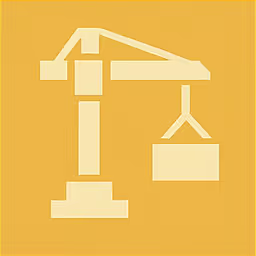Leadership & Operations
Learning Objects
Dive into Wisc-Online’s rich collection of learning objects — bite-sized, interactive, and designed for real learning. These modular digital tools include animations, drag-and-drop exercises, quizzes, videos, and more. You can explore topics across STEM, arts, humanities, career skills, and beyond. Each learning object is crafted to help learners actively engage with content—reviewing, applying, self-checking—in a way that’s flexible and self-paced.
Filter
Thank you! Your submission has been received!
Oops! Something went wrong while submitting the form.
Learning Object
8D Problem Solving Process
In this learning module, you will learn about the 8D process.
Tags +
A Model for Initiating Conflict Resolution (Screencast)
In this screencast you'll identify and write assertive "I" statements that focus on BCF (behavior, consequences, and feelings).
Tags +
assertive, communication, conflict, constructive, feedback, leadership, negotiation, resolution
Affinity Diagram
In this module, we’ll explore what an affinity diagram is, discuss how it can be used to solve problems, and end with some real-world applications to show you how these can help you in any manufacturing role to bring order to chaos.
Tags +
Cause and Effect Diagram, problem-solving
Barriers to Critical Thinking: Communication
This activity will examine several of the barriers related to problems with communication.
Tags +
Barriers, Communication, Crit Thinking
Barriers to Critical Thinking: Errors in Judgment
The learners will explore the Errors in Judgment: Barriers to Critical Thinking and how it affects their decision-making processes.
Tags +
critical thinking, decision, decision-making, errors, judgment, soft skills
Barriers to Critical Thinking: People-Related Obstacles
The learner will identify barriers to critical thinking related to internal and external factors after viewing scenarios.
Tags +
ad hominem fallacy, advertising, authority effect, bandwagon effect, communication skills, critical, critical thinking, external influences, fallacies, internal influences, poisoning the well, red herring, shoehorning, soft skills, thinking skills, using emotion
Barriers to Effective Listening (Video)
Learners examine the seven most common barriers to effective listening and consider suggestions for how to overcome these barriers. This interactive object contains audio.
Tags +
clarity, language, listen, message, perception
Basic Quality Principles: Process for Achieving Quality in an Organization (Screencast)
In this learning activity you'll define and explain the broad steps in achieving quality in an organization.
Tags +
ansi, customer, quality, requirements
Building Relationships Through Active Listening
Learners will examine the four steps to listen actively to improve relationships.
Tags +
active listener, communication skills, listen to understand, listening, listening to understand, soft skills, steps of active listening
Communicating in the Workplace
Compare the behaviors and situations that interfere with effective communication in the workplace with those that enhance listening skills and career performance.
Tags +
communication, conversation, employability essentials, how to talk to your boss, job, listening, listening skills, soft skills, teamwork, workplace communication
Communication: Identifying Active and Passive Voice
The learner will identify active and passive voice and distinguish between the two.
Tags +
active voice versus passive voice, styles of communication, what is the difference between active and passive
Communication: Prepositions
In this study guide, we will review the general rules for using prepositions.
Tags +
communication, prepositions, what are prepositions
Communication: The Writing Process
The learner will identify the three steps in the writing process and the elements in each step.
Tags +
communication, writing, writing process
Customer Service Skills for IT Professionals - Communication
In this learning activity you'll be introduced to the communication model and how it impacts your work as an IT professional.
Tags +
communication skills for the IT professional, good communication skills, soft skills, What is communication
Customer Service Skills for IT Professionals - Controlling the Conversation
In this learning activity you'll practice your customer service skills in a number of IT real world job scenarios.
Tags +
handling difficult customers, How to improve my customer service skills, IT customer service, people skills, soft skills
Customer Service Skills for IT Professionals - Engaging the Customer
In this learning activity you'll explore four ways to engage your customers and improve your customer service skills.
Tags +
attention, customer engagement, Customer service, engaging, how to improve your customer service skills, it, skills, soft skills
Customer Service Skills for IT Professionals - Soft Skills
In this learning activity you'll be introduced to soft skills, or people skills, needed by all IT professionals.
Tags +
how do I improve my soft skills, necessary soft skills, soft skills, What are soft skills
Cycle Time and One-Piece Flow
In a series of three interactive exercises, learners explore the relationship between process cycle time and defect detection, and between process cyle time and smaller batch sizes. The techniques of lean/JIT are applied to achieve the continuous improvement (kaizen) goal of reducing inventory by pursuing one-piece flow.
Tags +
batch. batch production, cycle time, decrease inventory, defect, efficiency, JIT, just in time, just-in-time, Lean, less storage, one piece, one-piece, pizza, single unit
DDoS - Distributed Denial of Service Attacks
Explore what DDoS attacks are, the methods used to carry them out, and how to prevent them.
Tags +
DDos, hackers, how to prevent hackers, http, internet, server, what is a DDoS attack, what is a distributed denial of service attack
Describing the Transactional Communication Model
In this learning activity you'll review definitions then match the transactional communication model element with the definition or example.
Tags +
communication methods, communication models, transactional communication, What is the transactional communication model
Determining the General Purpose of Your Speech Pt.1 (Screencast)
In this learning activity you'll explore the different types of purposes for giving speeches.
Tags +
acceptance speech, different speech types, eulogy speech, informative, persuasive speech, What are the different types of speeches
Distinguishing Between the Content Message and the Relational Message (Screencast)
In this screencast, you'll distinguish the differences between the content message and the relational message.
Tags +
Distinguishing Leadership and Management Activities (Screencast)
In this screencast, students read about the key differences between management and leadership activities. They will review typical supervisory activities as either management or leadership.
Tags +
five major functions, leadership, management, supervision
Diversity in 21st Century Work Teams
Learners test their knowledge of demographics in the United States and in the world. Immediate feedback is provided.
Tags +
diversity, diversity in the workplace, study guide for diversity, why is diversity good
Double Trouble With Listening
Learn about the seven common barriers of listening and evaluate a conversation using the barriers.
Tags +
anger communication, barriers to listening, communication barriers, conflict, good communication, Listening barriers
Employability Essentials - Adapt to Change
You will understand why having the ability to adapt to change is an essential employment skill.
Tags +
adapting to change business change change manufacturing staying relevant
Employability Essentials -- Think Critically and Creatively
Being a critical and creative thinker is essential in today’s workplace. It’s also crucial to your career success, regardless of your field or your position. Employers are looking for employees who can creatively problem solve to find answers that are best for both employees and the company.
Tags +
creative thinker critical thinker, critical, employability, employment essentials, soft skills
Four Types of Communication in Conflict
In this activity, you will practice choosing assertive responses to conflict.
Tags +
communication, conflict
Future-State Mapping
The learner reads an explanation of all of the elements that comprise a future-state map. A map is shown.
Tags +
enterprise, future, improvement, lean, management, manufacturing, map, mapping, process, state, stream, value
GO TEAM Problem-Solving Method for Teams
The learner will apply the GO TEAM method in a team environment to solve a problem.
Tags +
Critical Core, Team
How to Evaluate a Problem Statement using MEA and IPO Techniques
In this learning activity you'll discover how to evaluate a problem statement using both the MEA and the IP Techniques.
Tags +
analysis, how do i write an IPO statement?, input, IPO, MEA, means-end, output, process, what is IPO?, what is MEA?
How to Listen Better (Screencast)
The learner examines what it means to listen respectively and how to become a better listener.
Tags +
hearing, judgment, listening, truthfulness
IT Stress Management - Root Cause
In this learning activity you'll explore how finding and understanding the root cause of stressors can help reduce stress in your life.
Tags +
goal setting, goals, how do I reduce stress, soft skills, stress, stress management
IT Stress Management - Setting Goals
In this learning activity you'll explore how to set goals based on realistic expectations.
Tags +
goal setting, goals, how can I reduce my stress
IT Stress Management - Time Management
In this learning activity you'll explore what time management is, some general techniques for improving your time management skills, and the Pomodoro Method.
Tags +
de-stress, IT stress management, pomodoro, stress relief, Time management, to-do lists
IT Stress Management - Volunteerism
In this learning activity you'll discover how volunteering, developing outside interests, and setting aside time for hobbies all help reduce stress.
Tags +
hobbies, hobby, how can I reduce stress, INTERFACE, stress, volunteer
Identifying Well Written Competencies
Learners distinguish between competencies that are effective and robust, and those that are ineffective and weak. The learning object is designed for faculty who are writing or revising courses. It contains audio.
Tags +
competency, curriculum, design, instructional, the bad, the good
Incident Report
Learners write an account of a workplace incident and evaluate statements for objectivity.
Tags +
accidents, injuries, judgments, liability, objective
Integrity in Work Teams
The learner will...identify the qualities of a person with integrity and the importance of integrity within a work team.
Tags +
Integrity, soft skills, team, teamwork, work teams
Intercultural Communication: Gestures
The learner will recognize common gestures and identify the meanings associated with those gestures.
Tags +
body language, culture, diversity, expressions, hand gestures, hand signals, nonverbal communication, signals, soft skills
Leaderless Teams
The learner will become familiar with eight principles of collaborative leadership to build a team where members find satisfaction and reward in their job.
Tags +
collaboration, collaborative leadership, leadership. soft skills, shared leadership, team
Lean Terminology
The learner will understand the meaning of terms and acronyms commonly used in a lean production system.
Tags +
heijunka, hoshin kanri, jidoka, kanban, kraizen, lean manufacturing, muda, mura, muri, poka-yoke, smed, tpm, vsm
Learning About Multiple Intelligences in the Land of Oz (Screencast)
In this screencast, students read about the seven types of intelligence identified by psychologist Dr. Howard Gardner. They then review the type(s) of intelligence of each character in the Land of Oz.
Tags +
Logical Reasoning in Speeches (Screencast)
In this learning activity you'll be introduced to the eight most common logical fallacies commonly used in persuasive speeches.
Tags +
argumentation theory, Common logical fallacies, how to avoid logical fallacies in public speaking
Maslow's Hierarchy of Needs Exercise
In this learning activity you'll use Maslow's Hierarchy and choose which need is taking precedence and which is being sacrificed in each situation.
Tags +
heirarchy, hierarchy, malsow, Maslow, needs, pyramid
Negative Roles: How They Affect Teamwork (Video)
Learners identify negative roles, match statements characteristic of each role, and relate how they have handled negative teams.
Tags +
aggressor, blocker, dominator, jokester, withdrawer
Organization: The Second Stage in the Perception Process (Screencast)
The student will read a mini-lecture explaining the organization stage in the perception process and will complete an activity.
Tags +
organization, perception
Organizational Clue
Observe disorganization in an office setting and choose solutions to the problems as if playing the board game "Clue."
Tags +
calendar, daily planner, employability essentials, filing system, office clutter, organizational skills, soft skills
Overcoming Barriers to Critical Thinking: Being Human
The learner will identify ways to overcome barriers to critical thinking and problem-solving including false memories, personal biases and prejudices, and physical and emotional hindrances.
Tags +
belief, biases, communication, confirmation bias, critical, critical thinking, decision-making, false memories, interference, lack of information, perception limitations, perspective, problem-solving, soft skills
Overcoming Barriers to Critical Thinking: People-Related Obstacles
The learner will identify techniques to use to overcome people-related barriers to critical thinking.
Tags +
ad hominem fallacy, advertising, arguments, authority effect, bandwagon effect, campaign, critical, critical thinking, emotion, logic, poisoning the well, red herring, shoehorning, soft skills, using emotion
Problem Solving - Describing the Problem
The learner will understand how to measure a problem over time by using a common run chart to visualize the gap between past performance and future goals.
Tags +
fixing problems, manufacturing, manufacturing problems, problem solving, problem solving techniques, run charts, soft skills
Problem Solving - Finding the Root Cause
The learner will understand how to use a cause and effect diagram to find the root cause of a problem.
Tags +
cause and effect diagram, manufacturing problem, problem solving, root cause, soft skills
Problem Solving: Using a Decision Matrix
The learner will understand how to use brainstorming and a decision matrix to find the best solution to a problem.
Tags +
brainstorming, how do i use a decision matrix?, learn about decision matrix, manufacturing, problem solving, tips for brainstorming, what is a decision matrix?
Problem Solving: Using a Flow Chart
You will learn how to us a flow chart to describe the process actions and decisions to find a solution.
Tags +
critical core skills, flowchart examples, how do i use a flowchart?, problem solving, soft skills, what is a flowchart?
Productive Meetings
The learner will identify the steps for preparing and facilitating a team meeting.
Tags +
agenda, assigning a note-taker, facilitating meetings, how to conduct a meeting, how to facilitate meetings, productive meetings, soft skills, team meetings, work meetings, writing minutes
Recharging Your Attitude
Learners will determine if they are satisfied with their attitudes and then rank tips for regaining a positive disposition in the workplace.
Tags +
attitude, attitude of gratitude, attitudes in the workplace, disposition, how to relieve stress, positive disposition, productivity, self-improvement tips
SIPOC
In this module, we'll be introducing you to SIPOC, a powerful tool that can help you improve your business processes. It's a high-level process mapping tool that helps you identify the key components of a process and how they relate to each other. SIPOC diagrams are often used in Six Sigma and Lean methodologies, but they can be useful for any process improvement initiative. We’ll explain the key SIPOC components and demonstrate how to build one. Then, we’ll walk through a few scenarios and let you build your own.
Tags +
SQ5R
Instead of trying to memorize content, the SQ5R technique focuses on understanding concepts and new ideas.
Tags +
learning, review, study, test prep, understand
Sexual Harassment: The Three Types
In this learning activity, you'll identify the three types of sexual harassment.
Tags +
sexual harassment
Task Roles in Effective Teams
The learner will identify individual roles that help teams accomplish goals.
Tags +
attitudes matter, enrich the ideas, make adjustments, opportunities to improve, take a second look, team dynamics, team performance, teamwork, work team dynamics, work team relationships
Teamwork Outside the Box
The learner will examine strategies for evaluating new ideas and accepting change that will enhance teamwork.
Tags +
accepting change, adaptable teams, collaboration, creative teams, creative thinking, employability essentials, listening in a team, open-minded team members, positive teams, soft skills, team problem-solving, withholding judgment
The Five Whys
The learner will explore the techniques used to identify cause-and-effect relationships of a particular problem.
Tags +
5 whys, cause-and-effect, defects, question-asking techniques, questioning, root causes, root problem, supply chain, why
The Johari Window (Screencast)
In this screencast, you will see how the Johari Window works when determining a relationship with someone.
Tags +
how do I use a johari window, johari window explanation, What is a Johari window
The Production Possibility Model (Screencast)
In this learning activity you'll construct a production possibility model.
Tags +
how do I create a production graph, plotting points, Production possibilities
The SMART Principle
Learners will examine how to use the SMART principle to make sure a goal is simple, measurable, realistic, timely, and holds people accountable.
Tags +
accountable, breakdown of goal, complex goal, goal, measuring goals, realistic goals, simple goal, soft skills, timely goals
The Symbolic Interaction Theoretical Approach
In this interactive object, learners view a mind map of the symbolic interaction Approaches and answer questions about communication and symbols.
Tags +
The THINK Principle
Learners are shown questions to ask themselves before they speak. They evaluate three responses according to the criteria presented. This activity has audio content.
Tags +
Three Tips for Better Conflict Resolution
In this learning object, you will learn the three tips to better resolve conflict with others.
Tags +
, conflict resolution, How do I resolve conflict, interpersonal communication
Time Management
The learner will assess his or her time management strategies and study habits.
Tags +
deadlines, homework strategies, procrastination, productive study habits, project deadlines, soft skills, study time, time management, time management strategies
Time Management - Automotive
School or work stressing you out? Never feel like there are enough hours in the day? Improve your time management skills and get more time back for you.
Tags +
Time Management Matrix
Explore what time management is, how to use a time matrix, and how to put it all together and use our new time management skills to accomplish more during your days.
Tags +
How to improve time management, Human Resource, Time Management
Time Management for Online Success
Learners listen to other students express their concerns about taking an online course. Strategies for how to be successful in school are discussed.
Tags +
learning strategies, online class, online course, study, study schedule, studying, succ, Time Management
Use Your Learning Style to Boost Your Productivity
Learners will identify their learning styles and practice ways to retain information in class and on the job.
Tags +
auditory, employability essentials, kinesthetic, learning a skill, learning information, learning styles, remembering information, soft skills, tactile learning style, visual learning style
Value-Added vs. Non-Value-Added Activities
In this interactive object, learners read a description of value-added and non-value-added activities and then place various work duties into these two categories.
Tags +
activities, added, customer, lean, manufacturing, non, nva, value
What Type of Team Do You Belong To?
Are you a member of a fragmented, conflicted, or smooth- functioning team? Learn the characteristics of each to build a stronger team.
Tags +
building trust at work, building trust in your team, communication in the workplace, decision making, reaching consensus on the job, soft skills, team building, team outcomes, teamwork
What is Supply Chain Management?
In this learning activity, you will learn what supply chain management is, four main links that make up the supply chain, and explore examples of how effective supply chain management works.
Tags +
How does the supply chain work?, Management, Supply Chain, What is Supply Chain
Workplace Ethics: Enforcing Rules
This interactive study guide will help students to identify recommended processes for enforcing rules on a work team.
Tags +
coaching employees, coaching in the workplace, discipline, employee, enforce, enforcing, ethics, fair, handbook, how to enforce rules on a work team. disciplinary, interactive study guide, investigate, leader, notice, procedure, rules, team, workplace
Writing Effective Goals for Employee Motivation
In this learning activity you'll review how to write effective goal statements.
Tags +
goal, goals, leadership, motivation, objectives, setting
Zero Acceptance Number Sampling Plans, c=0
In this interactive object, learners read about sampling plans and practice using a sampling table.
Tags +
acceptance, attribute, plans, sampling, zero



